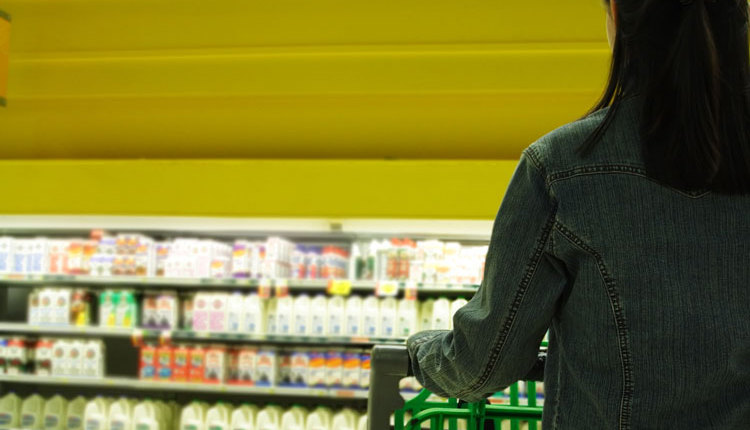
Dairy product sales give grocery stores good bang for their buck, so how come they don’t get more shelf space?
According to a Dairy Case Dynamics study coordinated by the Milk Processor Education Program (MilkPEP), the dairy aisle is one of the most productive parts of a grocery store. The dairy department delivers 20 percent of store profits with just 3 percent of store space.
The anchors in the dairy aisle are milk and cheese, each representing more than a quarter of dairy sales. Data showed that 95 percent of households bought milk an average of 30 times per year. That is more than any other major food category.
Milk is a common purchase, which is great news. On the flip side, people are often buying milk on autopilot, possibly taking its health benefits for granted. Meanwhile, milk alternatives are capturing the attention of shoppers with novel choices, nutritional education, and enticing packages.
MilkPEP shared that people consume 69.4 ounces of liquid per day. Unfortunately, milk and tea tie as the two smallest categories, at 6 percent each. Water is first with 36 percent. Second is the “other” category, which includes milk alternatives, sports drinks, smoothies, and hot chocolate. Soft drinks and coffee each claim 13 percent, while juice is at 10 percent. While milk consumption went down 2 percent between 2010 and early 2017, milk alternatives were up 3 percent.
Grocery stores benefit when customers purchase dairy products, as people who buy dairy spend more in the store. When people buy 10 items or less, profit per basket is 57 cents more when they buy something from the dairy aisle. For medium baskets (11 to 20 items), profit is 63 cents more when dairy is included. When shoppers buy more than 21 items, the store profits $7.03 more when dairy is in the cart.
It is projected that 5 percent growth in either purchase size (how much dairy is bought in one trip) or purchase frequency (how often they buy), the value is $800 million a year in sales. That’s good news for stores and farmers.
But right now, space may be a limiting factor if stores can’t keep enough of the products that people are looking for on hand. MilkPEP shared that 48 percent of shoppers experience at least one “out of milk” per every five shopping trips. More room in the store could be a way to grow dairy sales and leave customers with a better impression of milk.








